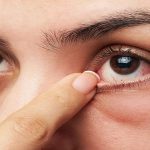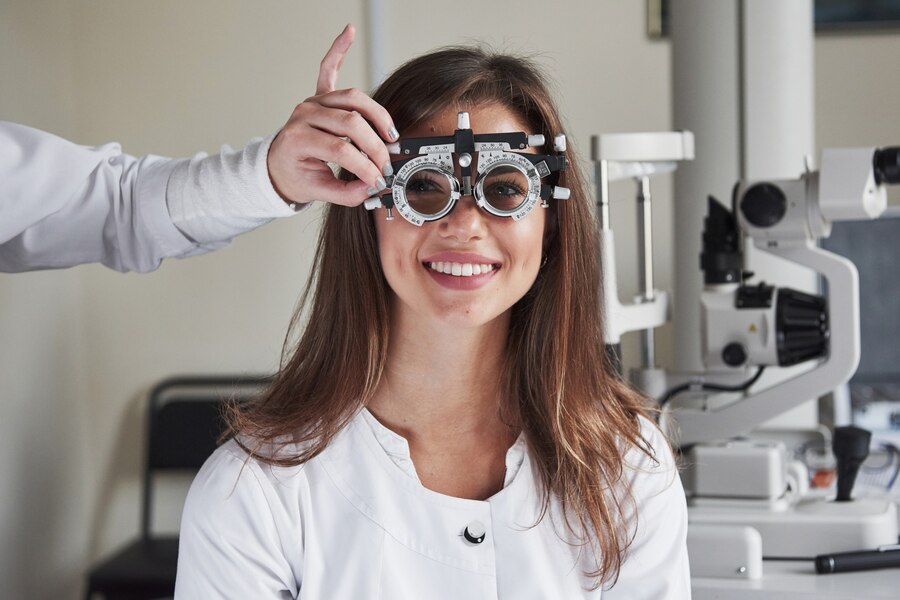Myopia, or nearsightedness, is a condition where distant objects appear blurry while near objects remain clear. It is caused by the elongation of the eyeball, which leads to light focusing in front of the retina instead of directly on it. Myopia management refers to various treatment methods aimed at slowing the progression of this condition, particularly in children. As myopia rates increase, it’s essential to explore effective strategies to manage and treat it early on.
The Growing Challenge of Myopia in Children
Impact of Myopia on Children's Health and Development
Discover how I-Vision Optometrists can help manage your child’s myopia. Schedule a visit today!
Strategies for Myopia Management in Children
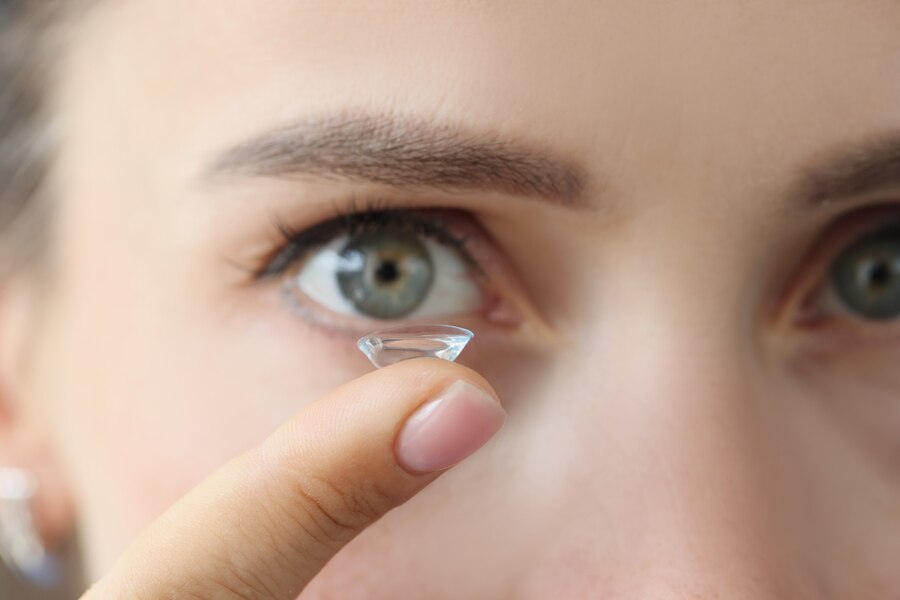
Orthokeratology
Orthokeratology, or Ortho-K, involves wearing custom-fitted rigid contact lenses overnight to reshape the cornea. This reshaping corrects myopia temporarily, allowing clear vision during the day without the need for glasses or daytime contact lenses. Ortho-K has gained popularity because it can slow the progression of myopia in children, reducing the risk of complications later in life.
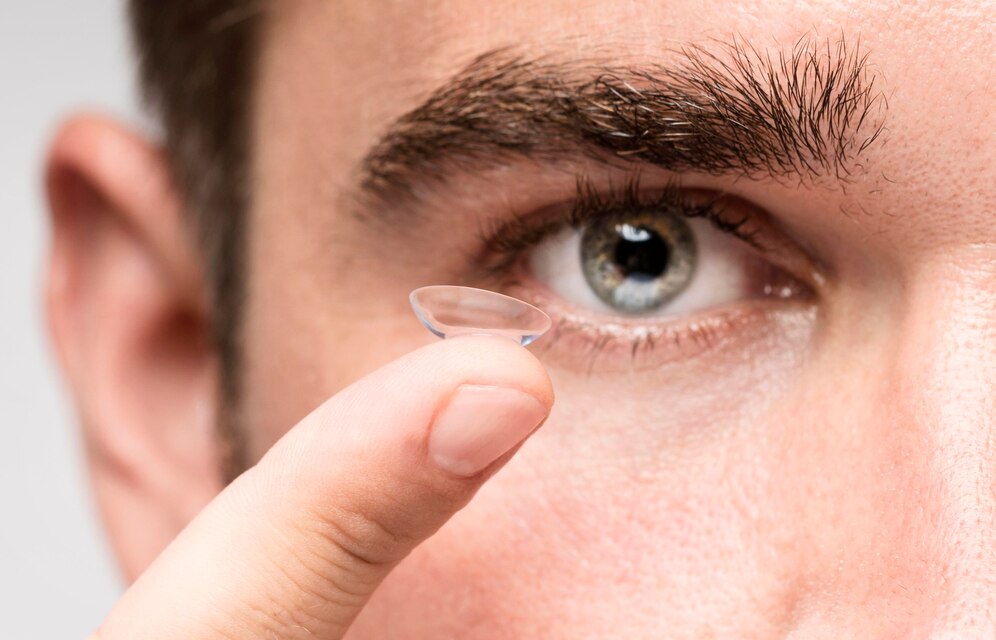
Multifocal Contact Lenses
Multifocal contact lenses are designed with multiple optical zones to accommodate near, intermediate, and distant vision. These lenses help maintain clear vision throughout the day while reducing eye strain, a common factor contributing to myopia progression. Children using multifocal lenses may benefit from improved visual clarity and a slower progression of myopia. These lenses are often part of a broader myopia management plan.
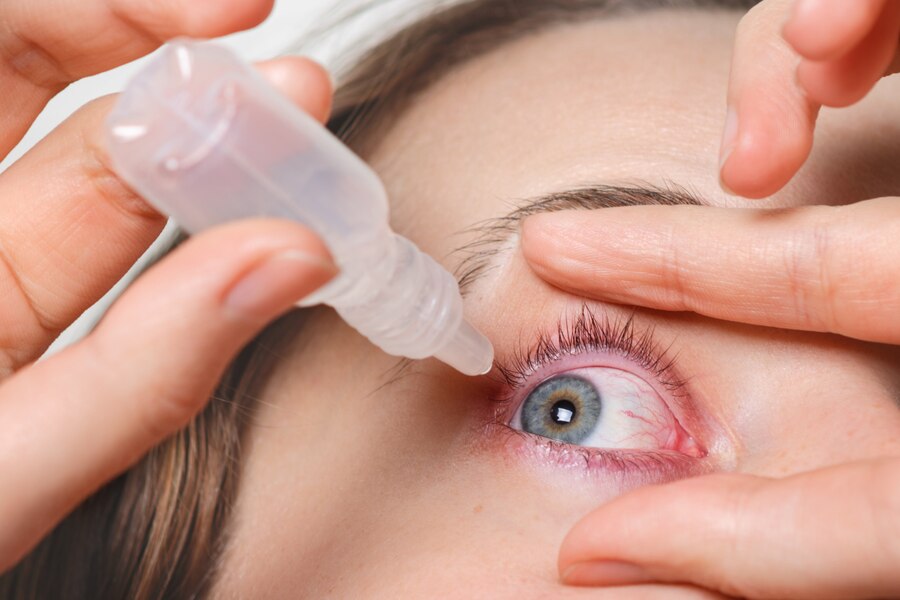
Low-Dose Atropine Eye Drops
Low-dose atropine eye drops are used to relax the eye muscles, reducing eye strain and slowing myopia progression in children. This treatment is typically administered at bedtime and is generally safe, with minimal side effects. Atropine eye drops are often used in combination with other treatments like glasses or contact lenses to enhance their effectiveness in managing myopia.

Lifestyle Changes
Lifestyle changes can play a significant role in myopia management. Encouraging children to spend more time outdoors can reduce myopia progression, as natural light and physical activity help reduce eye strain. Parents can also manage screen time by incorporating regular breaks and encouraging non-digital activities. These changes can positively impact children’s eye health and contribute to a successful myopia management strategy.
The Importance of Early Myopia Management
Early intervention is key to successful myopia management in children. Identifying and treating myopia at an early stage allows for more effective management, reducing the risk of severe complications later in life. Regular eye exams for children, especially those at school age, are crucial for detecting vision changes and adjusting treatment plans as needed. Collaboration between parents, caregivers, and eye care professionals is essential for personalised myopia management plans.
Challenges and Considerations in Myopia Management
Conclusion: Prioritising Myopia Management in Children
Worried about your child’s vision? Book a comprehensive myopia assessment at I-Vision Optometrists.



